innovations&publications
innovations en laine
Votre participation est demandée ici. Toute personne ayant développé une innovation en laine de mouton ou connaissant une innovation en laine de mouton peut nous l'envoyer dans un rapport accompagné de photos qui sera publié sur ce site web.
Contact :
Sustainable Rope Ltd.
Sustainable Rope Ltd.
https://sustainablerope.com/
Kate Drury, Founder of Sustainable Rope Ltd.
From Farm to Functionality – Sustainable Rope offers an entire rope manufacturing process that takes place within 60 miles of their workshop in West Yorkshire
Supporting local producers and craftspeople, the rope is made from 100% wool, no plastic and it is biodegradable, renewable and sustainable with natural antibacterial properties.
The rope is manufactured in a range of diameters, from small lengths to full coils, all traceable wool off British farms. Wool offers durability and flexibility, and the variety of uses for wool means very little is wasted.
Sustainable Rope is being used for growing seaweed as a replacement to plastic rope. Seaweed farming has so many positive sustainable uses, from fertiliser to food stuff. It negates carbon and nitrogen and provides an ecosystem, and the rope can help that happen sustainably.
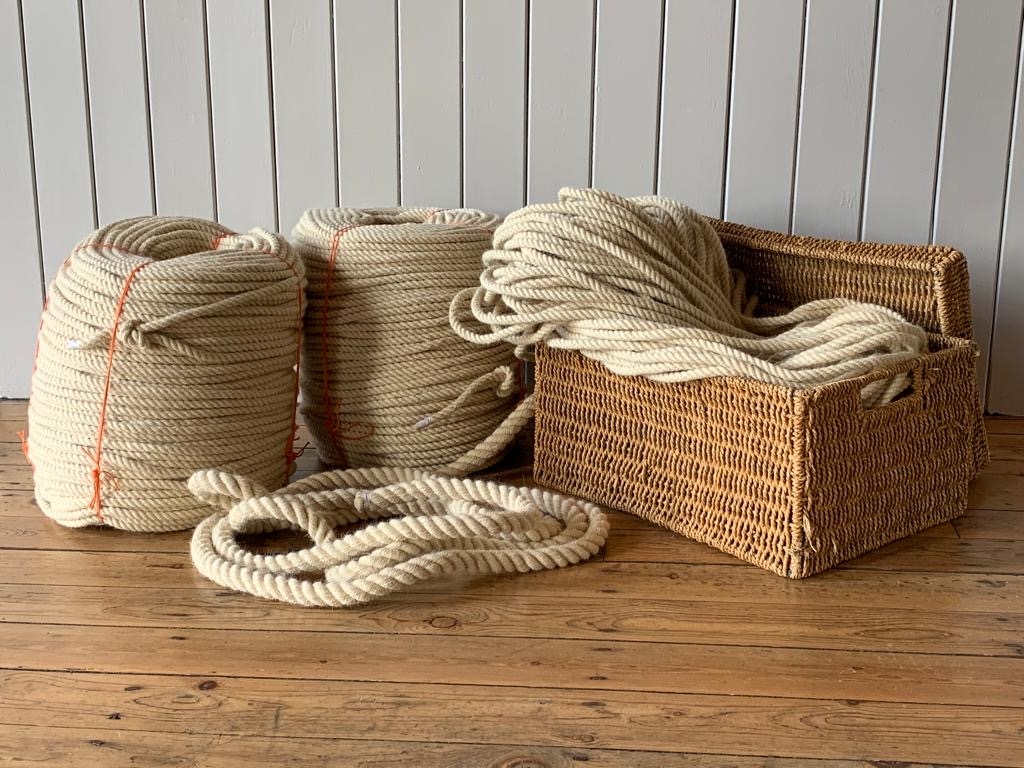
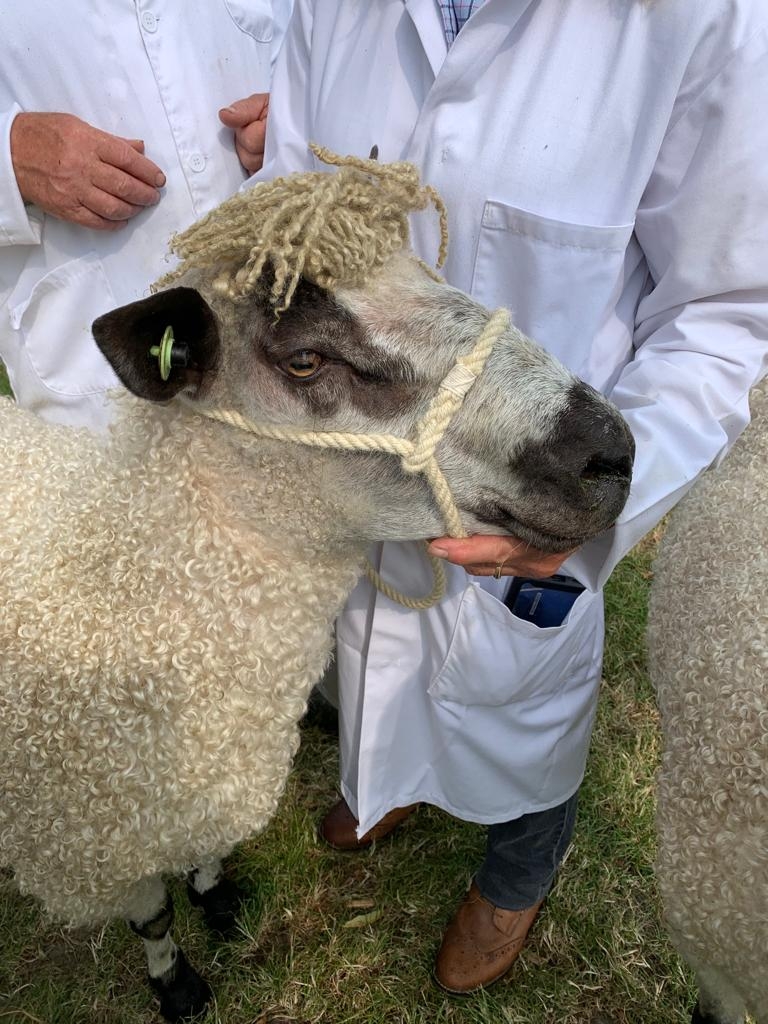
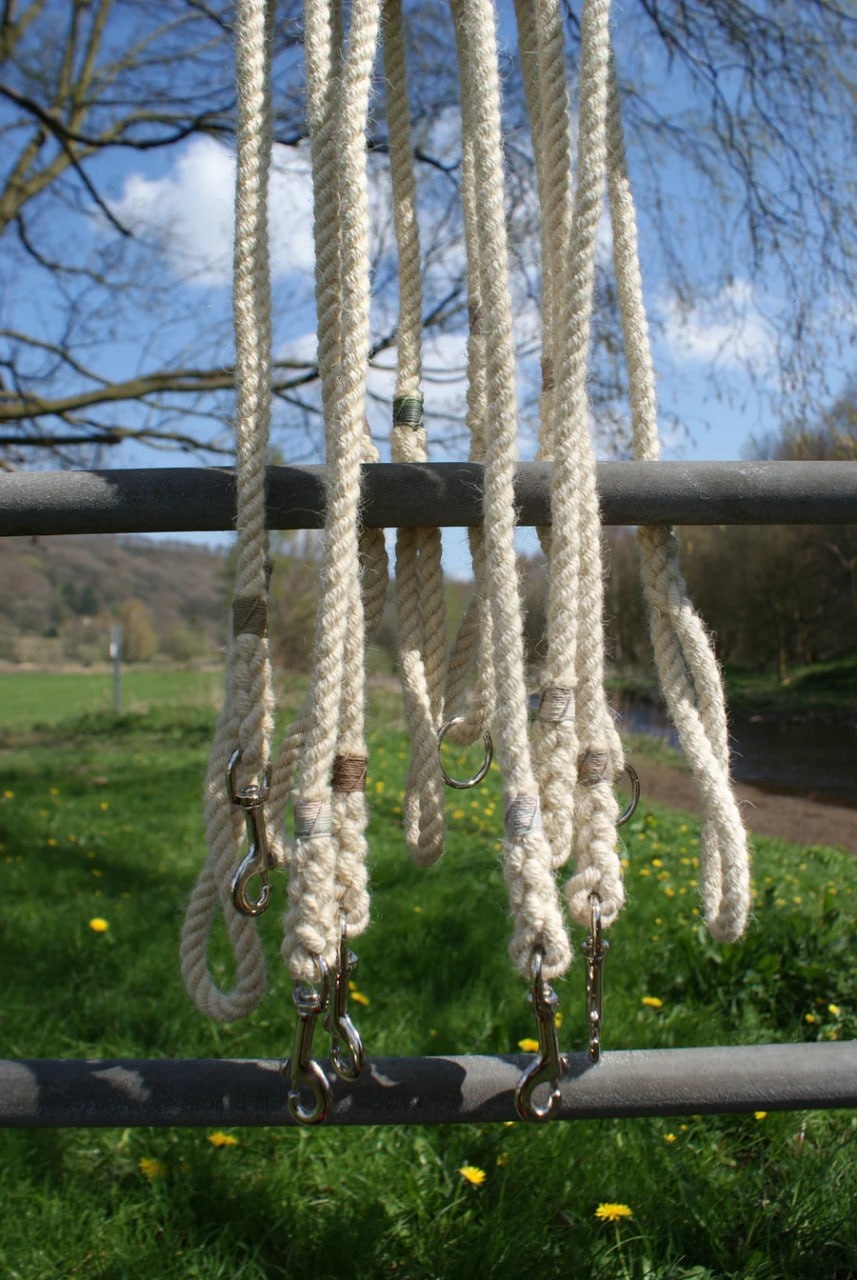
Wool Pots
Wool Pots offer a biodegradable, environmentally friendly and sustainable alternative to plastic plant pots. Wool Pots want to help reduce the amount of single use plastic in horticulture, and their product will help make the world and gardens a better place and as an additional advantage they make it easier to grow plants.
Why Wool?
It’s endlessly versatile, totally sustainable, environmentally friendly and biodegradable, it also…
makes great plant pots
is a natural slug and snail deterrent
it acts as a water condenser channelling moisture downwards to the plant’s roots
it’s strong and long lasting
it eventually decomposes into a bio-rich plant food.
Wool Pots are Helping the Environment
in the UK up to half a billion plastic plant pots are sent to landfill every year because they can’t be recycled
black plastic pots containing carbon inks can take up to 450 years to decompose
the cost of plastic plant pots is so much more than the retail price, the legacy they leave behind is damaging for future generations
Wool Pots
Graham Hull and Tom Lind, the Directors of Wool Pots
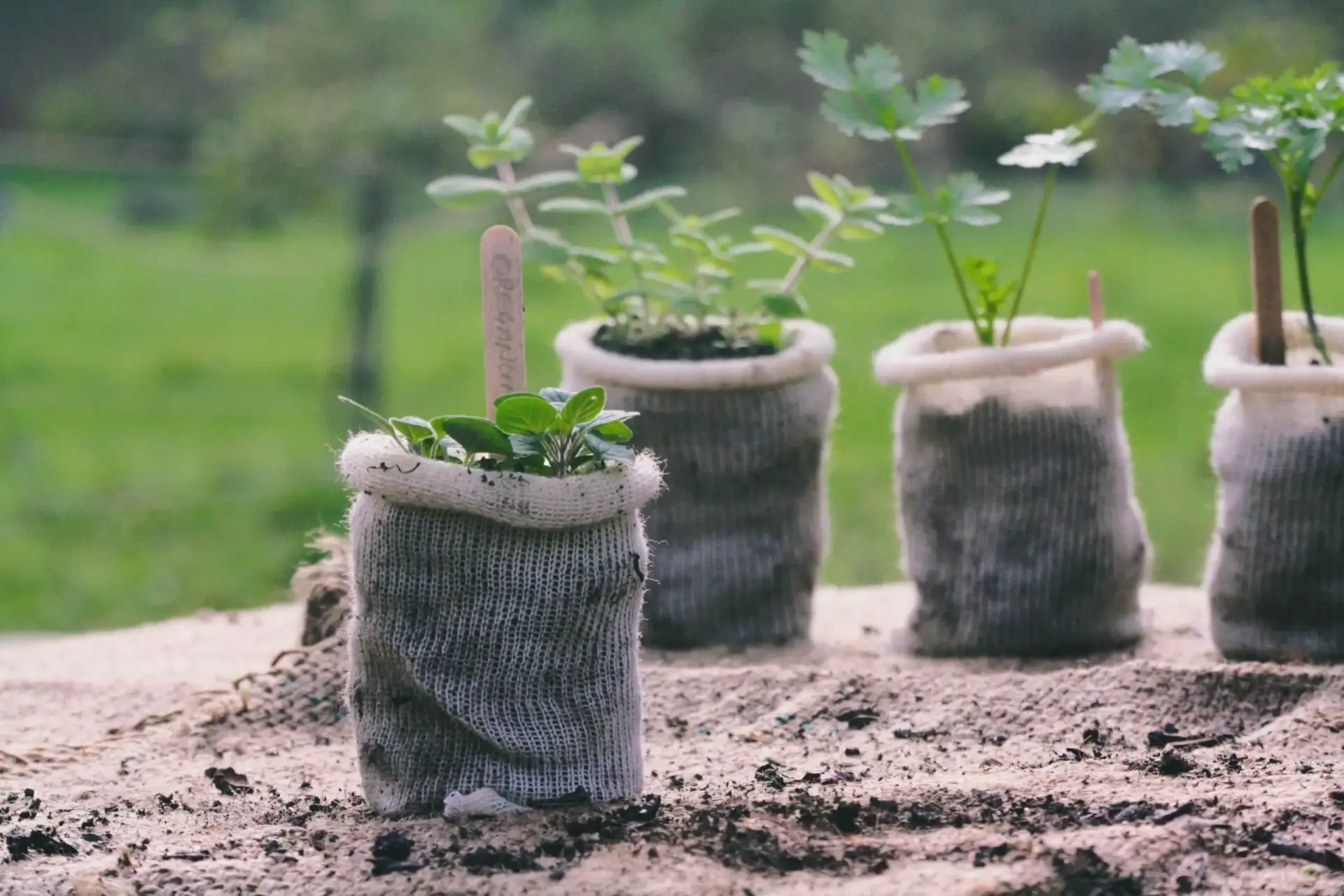
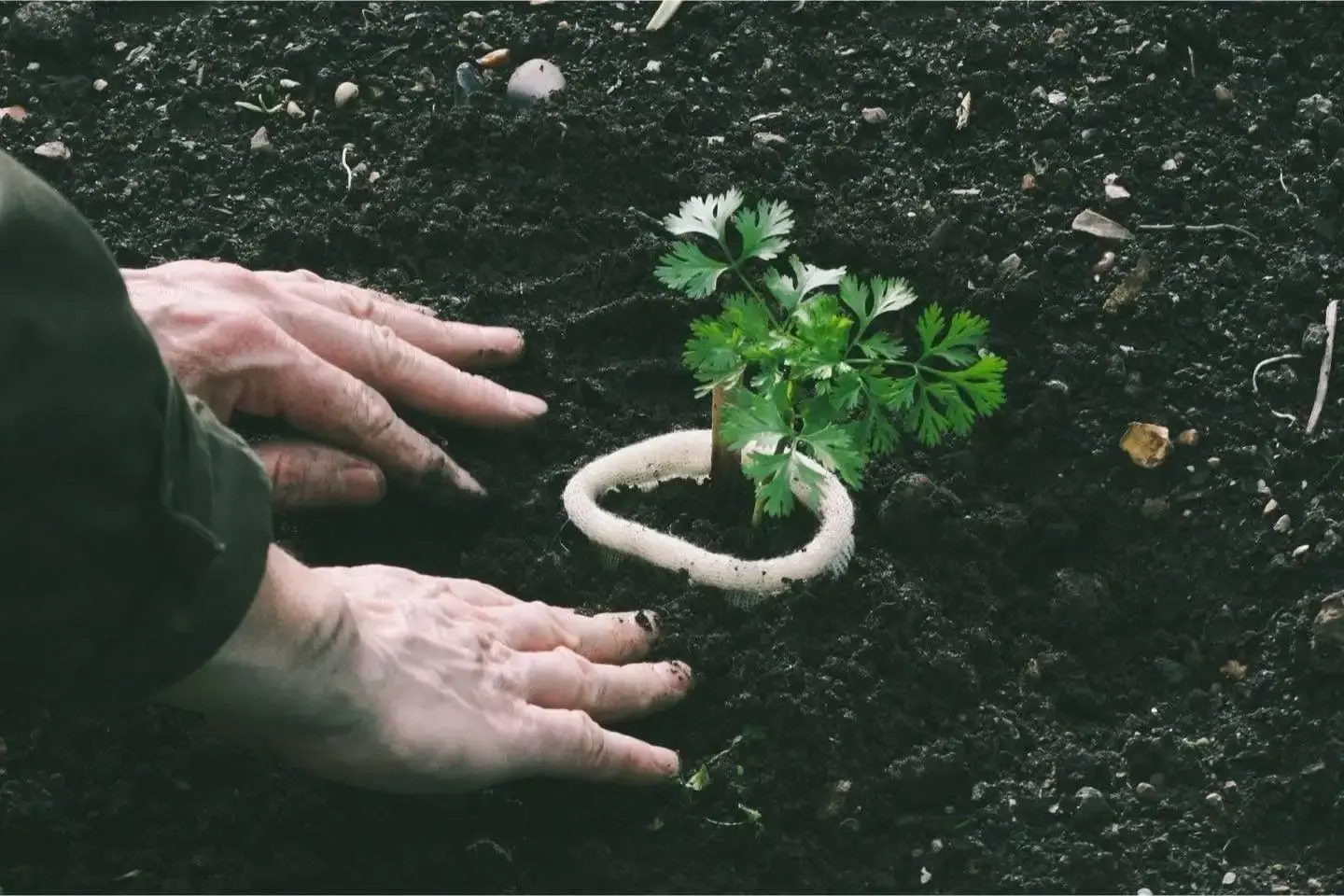

histoire et rétrospectives
storytelling
Votre participation est sollicitée ici. Toute personne ayant une expérience de narration liée à la laine de mouton ou connaissant une initiative de narration impliquant la laine de mouton peut nous l'envoyer dans un rapport avec des photos à publier sur ce site web.
Contact :
Exploring the Historical Context and Idiomatic Expressions Related to Sheep and Wool: Unveiling the Rich Cultural Significance and Soliciting Contributions Initiated by G. Thomas
Wool has been one of humanity's earliest and most fundamental textile materials, dating back thousands of years. Its significance lies not only in its practical applications but also in its economic, cultural, and social implications.
In ancient times, wool production was a vital aspect of agrarian societies, providing clothing, bedding, and other essentials. Sheep were domesticated primarily for their wool, which served as a crucial resource for survival. The ability to produce wool enabled human communities to thrive in diverse climates and environments.
Throughout history, wool has been a symbol of wealth, status, and prestige. In many cultures, the quality and quantity of one's wool holdings were indicators of social standing and prosperity. The wool trade played a central role in the economy of numerous civilizations, driving commerce and international trade routes.
During the Middle Ages and Renaissance, the wool industry experienced a period of remarkable growth and development in Europe. Guilds and associations were formed to regulate wool production, ensuring quality standards and fair trade practices. Cities such as Florence, Bruges, and London became renowned centres of wool manufacturing and trade, contributing to the wealth and prosperity of their respective regions.
The importance of wool extended beyond economic considerations to encompass cultural and social aspects as well. Wool production and textile craftsmanship were valued skills passed down through generations, shaping traditions and cultural identities. Many customs, rituals, and folk traditions revolved around the processing, spinning, and weaving of wool, reflecting its integral role in everyday life.
Ever been 'on tenter hooks', 'had the wool pulled over your eyes' or 'got down to brass tacks'? We’re still using many expressions connected to sheep, wool, and textiles in our everyday speech, even if we don’t always realize it. Textiles were such an important part of the economy, it’s not surprising that countless sayings relate to the woollen industry.
Spindles were used for spinning wool, usually with a small round weight or stone fixed to the bottom. This was called a “whorl” and made the yarn tension more constant but sometimes took a while to get right. Nowadays we use the expression 'give it a whirl/whorl' to mean 'have a go'.
Spinning was traditionally done by women. Someone who was bad at spinning wasn’t expected to make a good wife, leading to the term 'spinster', meaning an unmarried woman whose only task was to spin.
After cloth was washed it was stretched out on frames and left to dry. It was held in place 'on tenter hooks' to prevent it losing its shape or flying away.
Factory or machine-made clothes or textiles were seen as less special, more ordinary than handmade clothes. These clothes were the 'run of the mill'.
We often describe someone as 'dyed in the wool', meaning someone whose views won't change. This saying originally came from when raw wool was dyed before it was processed or combed, and it was said to hold its color longer.
'Getting down to brass tacks' means focusing on the detail. It relates to fabric being measured between two brass tacks set into the cutting counter.
When wool was spun onto a reel or “weasel”, it made a sound when a certain length of yarn was reached – as in 'pop goes the weasel' in the nursery rhyme.
White wool can be dyed many colors but wool from black sheep can only be spun into black wool, so you don’t want too many black sheep in your flock, hence the expression 'black sheep of the family'.
Judges were said to have the 'wool pulled over their eyes'. This apparently came from judges wearing wool wigs that slipped over their eyes so they became blind to the facts of the case. (Facebook, Yorkshire Treasures)
publications scientifiques

